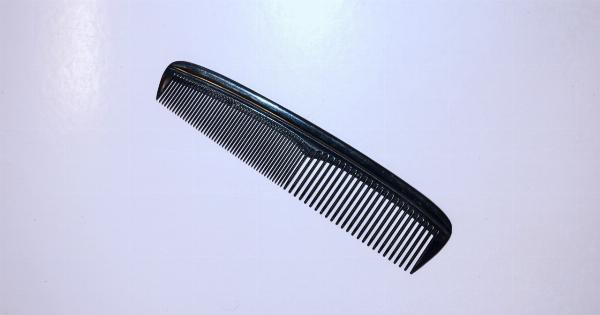Migraines affect millions of people around the world and can be disabling for those who suffer from them. While medications and lifestyle changes can help reduce the frequency and intensity of migraines, identifying triggers is key to finding relief.
One often overlooked trigger for migraines is scents. Certain smells can trigger migraines in some people, and by identifying these triggers, you may be able to reduce the frequency of your migraines.
In this article, we will explore different types of scents that can trigger migraines and how to identify your own migraine triggers.
Types of Scents That Can Trigger Migraines
Scents that can trigger migraines vary widely and can be difficult to identify. Here are some of the most common types of scents that can trigger migraines:.
1. Strong Perfumes and Cologne
Strong perfumes and colognes are one of the most well-known triggers for migraines. The chemicals in many fragrances can irritate the nasal passages and cause migraines in some people.
If you find that certain perfumes or colognes trigger migraines for you, it may be best to avoid them altogether.
2. Cigarette Smoke
Cigarette smoke contains a variety of chemicals that can trigger migraines. Exposure to secondhand smoke or smoking cigarettes yourself can both lead to migraines. If you are sensitive to cigarette smoke, it is important to avoid it whenever possible.
3. Cleaning Products
Cleaning products can also trigger migraines in some people. The chemicals in these products can irritate the nasal passages and cause headaches.
If you find that certain cleaning products trigger migraines for you, you may want to switch to milder, scent-free products.
4. Strong Food Smells
Strong food smells can also trigger migraines for some people. Foods like onions, garlic, and some spices can be particularly potent. If you find that certain foods trigger migraines for you, try to avoid them whenever possible.
5. Flowers and Plants
Many flowers and plants have strong scents that can trigger migraines in some people. Common culprits include lilies, hyacinths, and lavender.
If you find that certain flowers and plants trigger migraines for you, it may be best to avoid having them in your home.
Identifying Your Own Triggers
Identifying your own migraine triggers can be challenging, but it is an important part of managing your migraines. Here are some tips to help you identify your own migraine triggers:.
1. Keep a Diary
Keeping a diary of your migraines can help you identify triggers. Write down the date and time of each migraine, as well as any scents you were exposed to in the hours leading up to the migraine.
Over time, patterns may emerge that can help you identify triggers.
2. Conduct a Smell Test
Conducting a smell test can also help you identify triggers. Expose yourself to different scents and see if they trigger migraines. You can do this by smelling different perfumes, cleaning products, and foods.
Keep track of which scents trigger migraines for you.
3. Pay Attention to Your Environment
Paying attention to your environment can also help you identify triggers.
If you notice that you consistently get migraines when you are around certain scents, such as when you are at a friend’s house or out in public, it may be that those scents are triggers for you.
Conclusion
Migraines can be debilitating, but identifying triggers can help reduce their frequency and intensity. Scents are one often overlooked trigger for migraines, but by identifying your own triggers, you may be able to find relief.
Keep a diary, conduct a smell test, and pay attention to your environment to help identify your own migraine triggers.


























